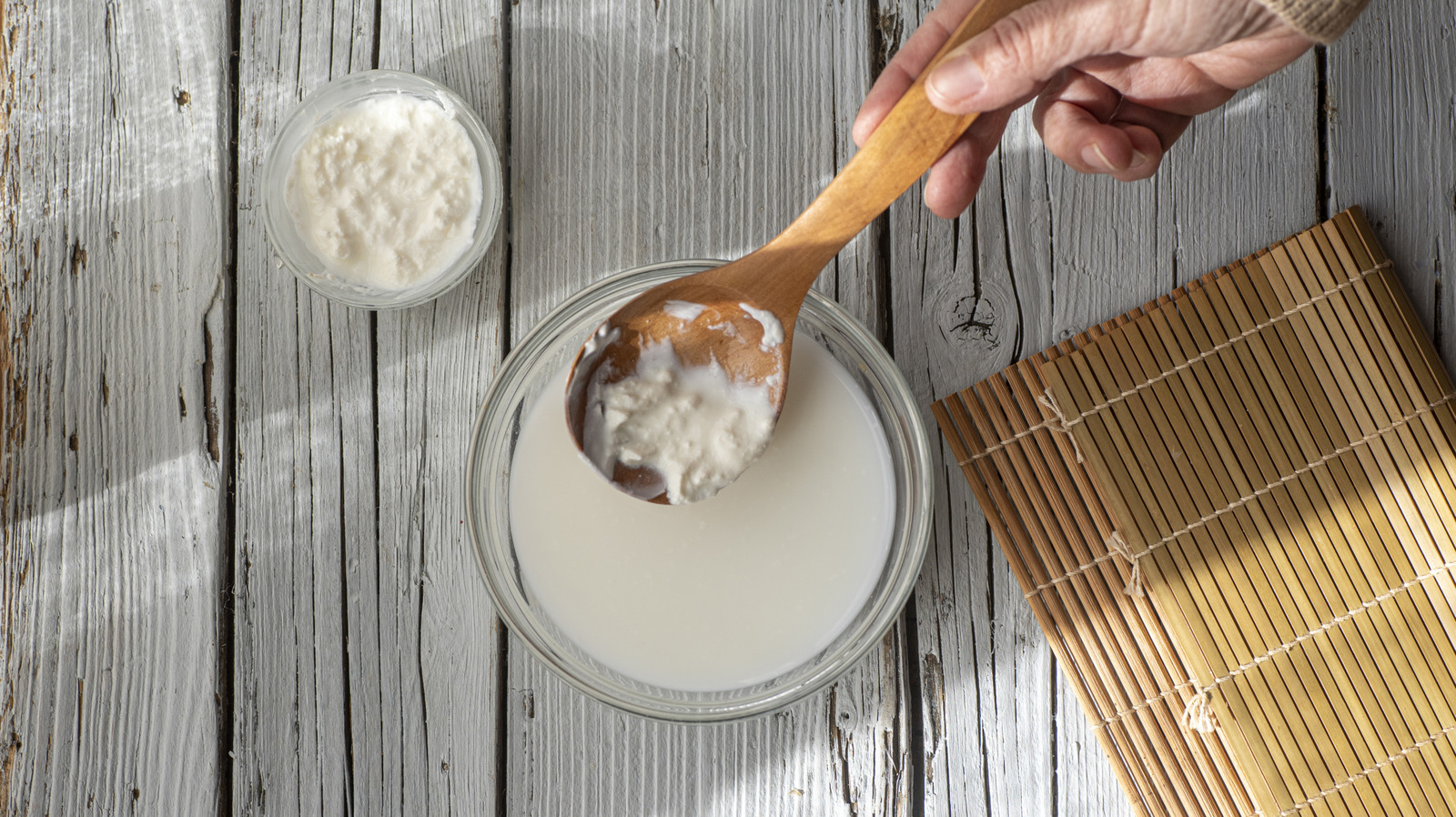
"There's a reason why we've been telling people to swap out the yogurt in their overnight oats for milk kefir. Compared to yogurt, this tangy superfood is drinkable, has more probiotics, and is just as easy to make at home - what's not to like? Before you grab just any carton of milk from the dairy aisle to make kefir, take a quick peek at the label. If there's "UHT" printed anywhere on the label, keep walking."
"UHT stands for "ultra-high-temperature", and it's made by flash-heating milk to scorching temperatures from 280 to as high as 302 degrees Fahrenheit for several seconds to erase any and all traces of bacteria and contaminants. This makes UHT milk particularly shelf-stable, needing no refrigeration until you crack the lid. While it's convenient as a pantry staple, UHT milk is quite terrible for making kefir."
"The intense heat treatment that it goes through essentially "kills" the beneficial bacteria you need for your kefir grains. The temperature causes the milk proteins to denature, warping their chemical structure so badly that the good bacteria in your kefir grains can't digest them. Plus, the heat kills vital enzymes that bacteria require to turn casein and other milk constituents into lactic acid."
Milk kefir is a tangy, drinkable fermented milk with more probiotics than yogurt and is easy to make at home. Ultra-high-temperature (UHT) milk is flash-heated to 280–302°F for several seconds, eliminating bacteria and making it shelf-stable, but rendering it unsuitable for kefir fermentation. UHT processing denatures milk proteins and destroys enzymes necessary for kefir grains to digest casein and produce lactic acid, leading to thin, weak kefir. Regular pasteurized milk treated by high-temperature short time (HTST) at about 175–180°F retains most beneficial components and is recommended for homemade milk kefir.
Read at Tasting Table
Unable to calculate read time
Collection
[
|
...
]